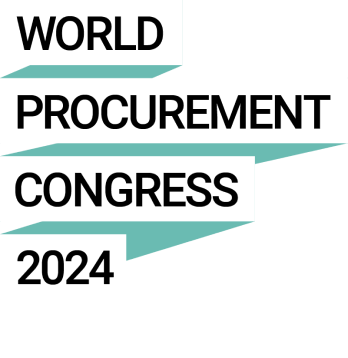Every year, Procurement Leaders’ research team explores category planning for the next 12 months. In previous years, we have looked at competitive pressures, market dynamics and savings forecasts. This time, we are looking at maturity.
There is a vigorous debate in the world of procurement about the speed at which we transform categories. Some pioneering CPOs launch ‘big bangs’ in which categories are rolled out across the business in one rapid blast. Others aim for a steady state approach, gradually embarking on new categories as the function’s influence expands.
Aside from executive intent, there is also the question of context.
The maturity of individual categories can also be a function of buyer capabilities and stakeholders’ appreciation of procurement’s value. Even if a category is gifted by the most forward-thinking buyer at the tiller, if the business ignores their skill and avoids the process, then progress is unlikely to be made.
As such, we tend to see the maturity of categories evolve as the business gradually realises the value of strategic sourcing. This often occurs in a (relatively) consistent order.
Evolving category maturity in procurement
First, directs and commodified markets are subject to greater oversight and control. Where goods can be easily bundled into larger contracts, the business relinquishes control to procurement to leverage the opportunities of scale. Here, the wins are fast and the savings generated are high.
Second, commodified indirects, such as IT, travel and logistics. These are categories that cover markets that offer uniform goods or services that can be rolled out relatively easily. The business quickly sees the savings and little engagement with complex supply markets is required.
Last, and most challenging, are complex indirect categories. These areas of spend have historically resisted procurement influence. These can comprise of elements of the business that are seen as business critical (such as marketing) or in which stakeholders enjoy long-lasting supplier relationships (such as professional services). Buyers’ endeavours to control these categories have been long and difficult. Markets are complex and the internal landscape is elaborate.
As such, many leaders take a pragmatic approach and grow category influence through a steady state. Wins in the easier categories can be celebrated and communicated as lighthouse projects that can further unlock access to hitherto unaddressed parts of the organisation’s spend.
The drive for many within procurement is to broaden the function’s impact across the widest range of areas. But, the constraints limit that. The consequence is that maturity potentially lags and results may be slower to achieve than we hoped.
Is steady state the right approach? Or can we achieve more – despite the drawbacks – through a rapid big bang?
How does your function compare?
Take the Category Planning Guide 2024 survey if you are interested in benchmarking your category maturity against others, as well as gaining access to insights into:
- Where category managers spend their time – and what they should be focusing on to maximise returns
- Key planning benchmarks, including:
- Savings
- Price change predictions
- Stakeholder criteria


















